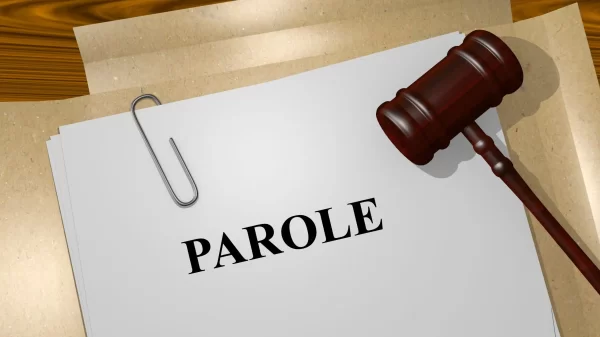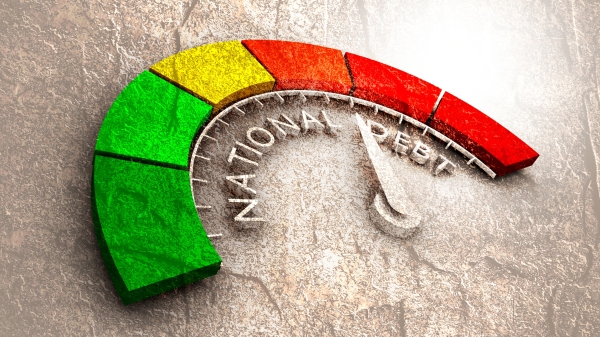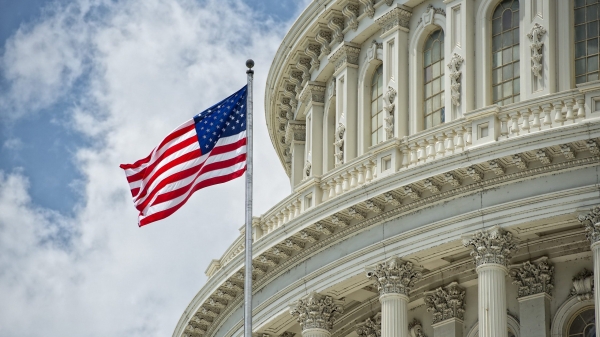By Thomas Scovill
Madison, Alabama
If I were Speaker John Boehner, I would immediately have the US House of Representatives pass a bill to raise the debt ceiling from the current $16.394 trillion to $17.061 trillion – then I would go home and enjoy the holidays and await the president’s fiscal year 2014 budget request which we will see in early February. For the current 2013 fiscal year this would be a 25 percent deficit reduction from that of the just ended fiscal year 2012. It could also be the first step in getting the US government on a path to a balanced budget.
The dithering about the fiscal cliff shows Democrats do not want to balance the federal budget. They do not want to reduce spending. They do not want to stop burdening the economy with a myriad of measures that stop growth and kill jobs. Republicans cannot force Democrats to do anything, so if the economy and the country it supports are to be saved, Republicans will have to do it on their own.
With backbone and perseverance they can and here is how.
Although the White House and Senate are controlled by Democrats, the US House of Representatives is controlled by Republicans. The laws required to authorize spending and borrowing have to pass both chambers of the Congress. This means that no money can be spent or borrowed without approval of the Republican controlled House.
By law the total debt of the United States cannot exceed the debt ceiling set by Congress. When this ceiling is reached, borrowing has to stop. There can be no more borrowing until the debt is paid down below the ceiling. The Congress might also enable more borrowing by increasing the debt ceiling as it has so often done in the past, but this must stop.
Republicans in the House can control deficit spending by each year setting the debt ceiling to a level that only allows an amount of borrowing of which they approve.
In fiscal year 2012 we had a federal deficit of $1.327 trillion and we ended the fiscal year with a total debt of $16.066 trillion. I propose a deficit for 2013 which is 25 percent smaller than the last one, a deficit reduction of $ 0.322 trillion ($322 billion). If we do this three years in a row, we will in 2016 have a balanced budget and no deficit. We will also have a national debt of $18.057 trillion which we can then begin to pay down.
Given the 2012 deficit of $1.327 trillion, I would allow a 2013 deficit of only $ 0.995 trillion (995 billion). To assure a deficit no larger than this, the debt ceiling for the end of fiscal year 2013 would be set at $17.061 trillion, an amount equal to the $16.066 trillion at the end of fiscal year 2012 plus the allowed 2013 deficit of $ 0.995 trillion. Because we are currently in fiscal year 2013, Speaker Boehner should go ahead now and have the House increase the current debt ceiling of $16.394 trillion to $17.061 trillion.
The matter of the 2014 debt ceiling should be addressed as part of the joint budget resolution that is required by law in April of each year. And for every year the budget and debt ceiling should be enacted together to provide the discipline needed to reach and maintain balanced budgets.
If the Democrats do not cooperate, the debt ceiling stays at $16.394 trillion. This ceiling will be reached in a few months in early 2013 and when it is reached federal borrowing will be limited, the national debt will stop growing, and the budget will come into immediate balance. We would balance the budget more quickly than the gentle down slope described above. Republicans should offer this choice to their Democrat colleagues.
My approach limits borrowing, it does not directly affect spending. Revenues will increase as the economy grows and spending can increase accordingly. And when the Congress does not have to think about borrowing they will have lots of time to think about how to make the economy grow – or better yet, just stay out of the way.
It is time for action. We need 218 Republicans to stand up and do the right thing.
Here is a table to help you find your way through the numbers.
|
actual |
current |
planned |
planned |
planned |
|
| $ in trillions |
FY12 |
FY13 |
FY14 |
FY15 |
FY16 |
| Debt at start of year |
16.066 |
17.061 |
17.725 |
18.057 |
|
| Expenditures |
3.795 |
||||
| Revenue |
2.468 |
||||
| Deficit |
1.327 |
0.995 |
0.664 |
0.332 |
0.000 |
| Debt at end of year |
16.066 |
17.061 |
17.725 |
18.057 |
18.057 |
| National debt ceiling, current |
16.394 |
||||
| National debt ceiling, proposed |
17.061 |
17.725 |
18.057 |
18.057 |
|
| Debt reduction factor |
25 % |
||||
| Deficit reduction per year, $ |
0.332 |





















































